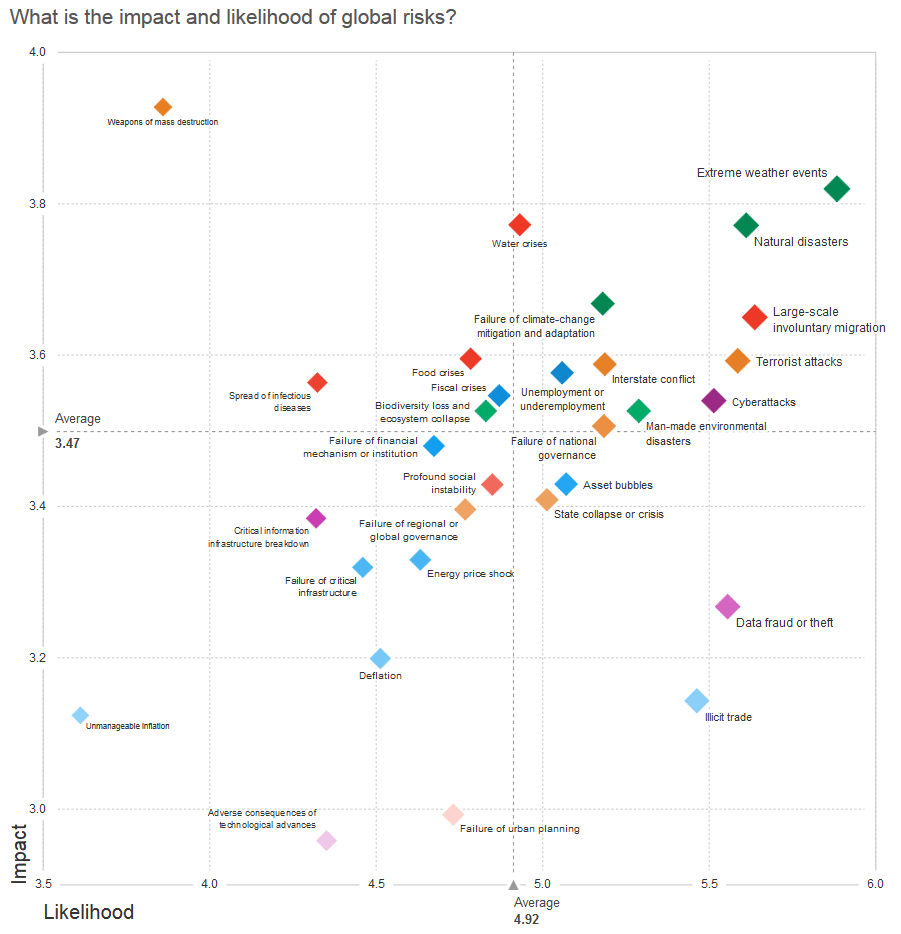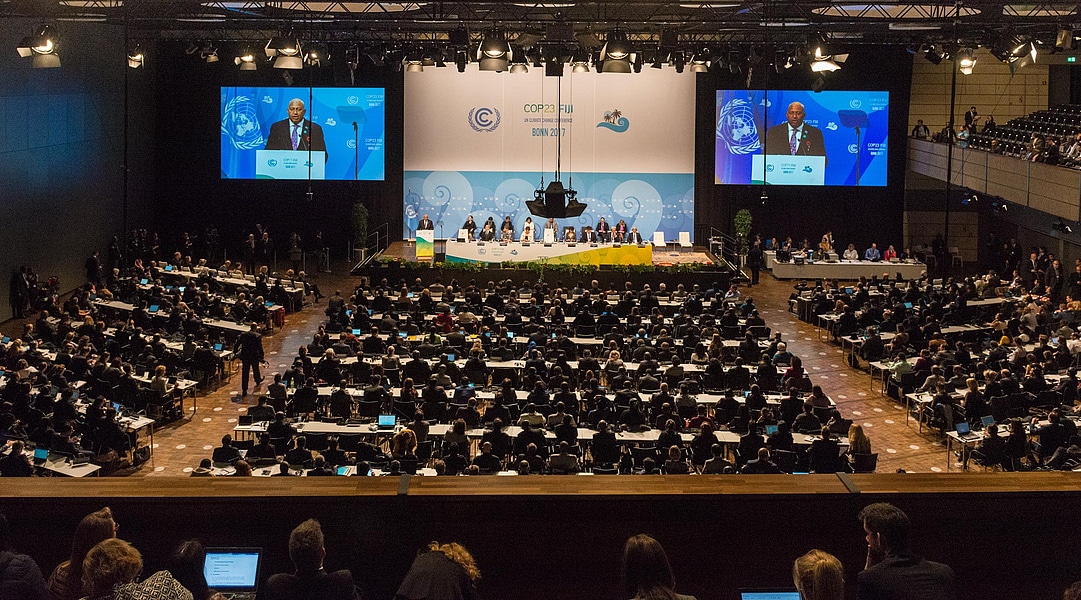Overview
In 2015, the 2°C target (COP 21) was agreed in Paris and celebrated worldwide as a milestone and breakthrough, 23 years after setting the course at the Sustainability Summit in Rio de Janeiro, Brazil, in 1992.
Comprehensive action should be taken worldwide by 2050 to achieve the goal of an increase in global average temperature well below 2 degrees compared to pre-industrial levels. Scientists called upon to take big efforts that global warming does not exceed 1.5 degrees Celsius. This means a long-term reduction of 80-95% of carbon dioxide emissions by 2050. This is also the mission of the EU Roadmap 2050. In other words, the aim is a substantial abandonment of fossil fuels.
4 Facts
- The mean global temperature is more than 1 °C above the pre-industrial level.
- In Austria, an average warming of 4 to 5 °C is expected by 2050.
- Poorer countries are much more affected.
- In 2016, the brand exceeded 400 ppm for the first time.
Status quo in Austria compared
The Federal Environment Agency (= Umweltbundesamt) has published the current climate protection report 2017 for Austria. „ In 2015 Austria´s total greenhouse gas emissions amounted to 78.9 million tons of carbon dioxide equivalent (CO2 equivalent). Emissions were thus 3.2% or 2.5 million tons above the 2014 level and 0.1% above 1990 level“, the summary reads.
In Austria, the Energy Efficiency Directive (RL 2012/27/EU) resulted in the Energy Efficiency Act (EEff-G; BGBl. I Nr. 72/2014), with the aim of improving energy efficiency by 20% by 2020.
The Federal Environment Agency also writes that the European Union is on track to meet its 2020 targets; However, after 2020, a much steeper reduction pathway will be needed to achieve the long-term reduction of 80-95% by 2050.
In its current Global Risk Landscape 2017, the Munich Reinsurance considers extreme weather events as the global risk most likely to occur and with the most negative impact.

Costs of climate-related damage
The Federal Environment Agency estimates the costs due to weather and climate-related damage in Austria already at “about 1 billion Euros per year. [...] The weather and climate-related damage will continue to increase, especially if significant reduction of emissions is failed.” Studies show that energy efficiency programs can save 10 to 30% of energy and increase profitability by up to 2%.
Management systems such as ISO 14001, EMAS and/or ISO 50001 significantly contribute to the targeted and systematic improvement of environmental performance and energy performance.
We should use the power of Standards for active contribution to a sustainable design of the future and to create positive facts. Otherwise, we will have to pay a heavy price!


